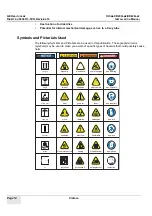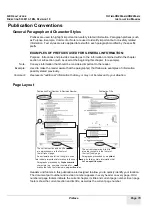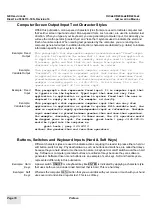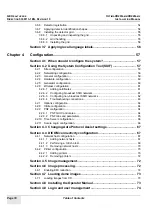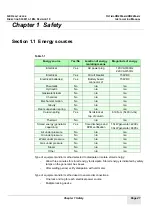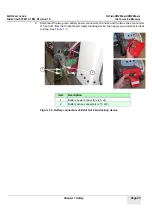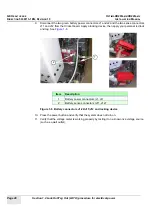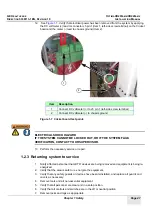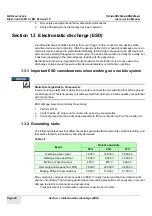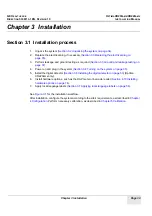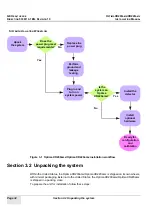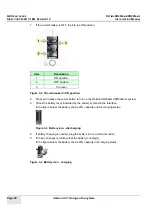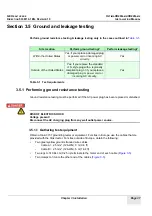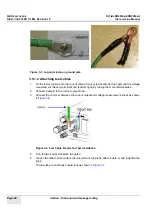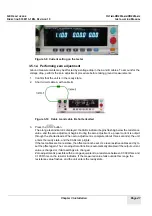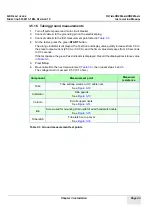
GE H
EALTHCARE
O
PTIMA
XR200
AMX
/XR220
AMX
D
IRECTION
5336113-1EN, R
EVISION
10
I
NSTALLATION
M
ANUAL
Page 28
Section 1.3 Electrostatic discharge (ESD)
8.
Re-energize equipment and follow safe startup procedures.
9.
Notify affected persons that energy has been restored.
Section 1.3 Electrostatic discharge (ESD)
A sudden discharge of static electricity from your finger or other conductor can destroy static
sensitive devices or microcircuitry. Often the spark is neither felt nor heard, but damage occurs. An
electronic device exposed to electrostatic discharge (ESD) might not appear to be affected at all
and can work perfectly throughout a normal cycle. The device can function normally for a while, but
it has been degraded in the internal layers, reducing its life expectancy.
Networks built into many integrated circuits provide some protection, but in many cases, the
discharge contains enough power to alter device parameters or melt silicon junctions.
1.3.1 Important ESD considerations when working on a mobile system
Static Discharge Risk to Components
If you are using a static mat or wrist strap, be sure to connect the mat and strap to machine ground,
not earth ground. This is necessary to isolate yourself from earth ground and equalize your potential
with the machine.
ESD damage prevention includes these steps:
1.
Perform LOTO.
2.
Verify that the AC plug is not connected to an energy source/outlet.
3.
Connect ground mat and wrist strap assembly to frame connection point of the mobile unit.
1.3.2 Generating static
The following table shows that different activities generate different amounts of static electricity, and
that static electricity increases as humidity decreases.
Many electronic components are sensitive to ESD. Circuitry design and structure determine the
degree of sensitivity. The following packaging and grounding precautions are necessary to prevent
damage to electric components and accessories.
•
Transport products in static-safe containers to avoid hand contact.
Table 1-2
Event
Relative humidity
55%
40%
10%
Walking across carpet
7,500 V
15,000 V
35,000 V
Walking across vinyl floor
3,000 V
5,000 V
12,000 V
Motions of bench worker
400 V
800 V
6,000 V
Removing bubble pack from PCB
7,000 V
20,000 V
26,500 V
Packing PCBs in foam-lined box
5,000 V
11,000 V
21,000 V

